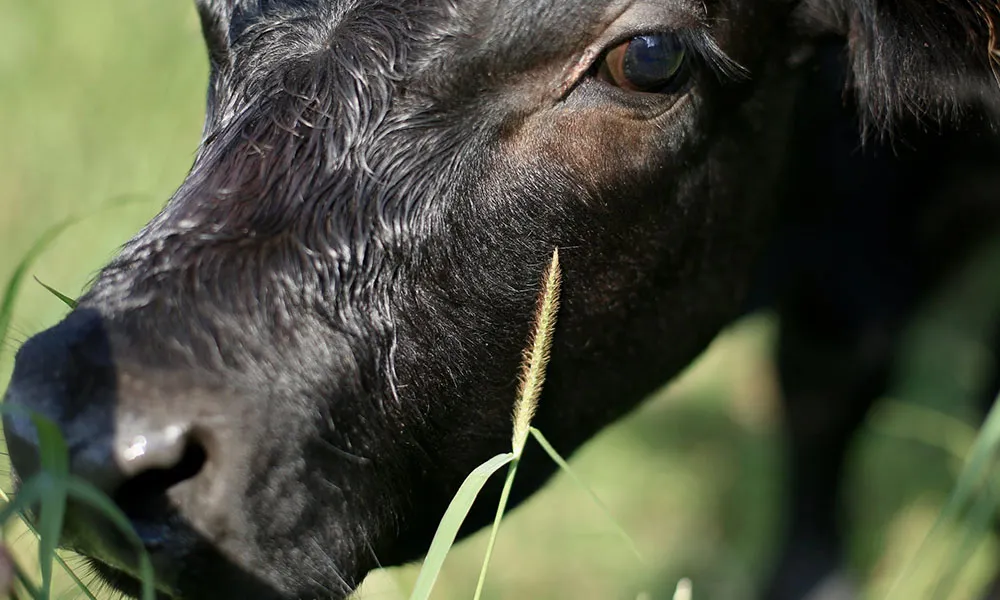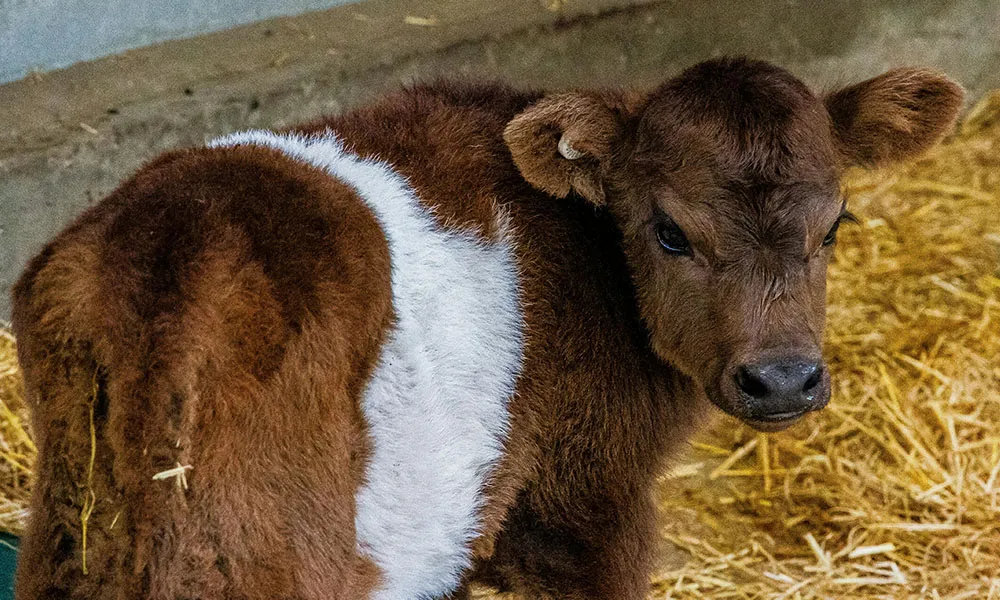
As we enter one of the highest risk periods for Redwater in cattle, Agridirect.ie discuss the symptoms of the disease and argue that good pasture management is the key to preventing losses this autumn.
We are now in one of the highest-risk periods for Redwater. Given the fact that we have had an exceptionally dry August, we can probably expect September and October to bring an epidemic of this tick-related disease. Farmers should keep a particularly close eye on weanling herds that have been put to new pasture during the early autumn.
Redwater: what is it?
As with most animal diseases, it is important to understand a bit about Redwater in order to prevent its proliferation on our farms. Although it is not always life-threatening, it is a serious and potentially fatal illness for many cattle. Indeed, if left untreated for any length of time, the afflicted animal’s chances of survival are not great.
The disease is caused by a single-cell parasite called "Babesia divergens", which is transmitted to cattle by common ticks. Infected ticks pass the parasite from generation to generation. This means that all ticks are potential carriers of the disease, and farmers have to manage their pastureland diligently in order to reduce the number of tick bites that cattle are exposed to during the high-risk months. Keeping pasture cut fairly short is key in this respect, as ticks tend to thrive on rough, untended pastureland.
Signs and symptoms
Redwater can be difficult to diagnose in the very early stages, and infected animals may display few symptoms until the disease becomes severe. Animals can become extremely ill in a short space of time, meaning that vigilance is required to avert a potential disaster. It is particularly important that animals are observed at least twice daily during high-risk periods, such as early to mid-autumn.
Early stage Redwater
Some of the classic symptoms of early stage Redwater include reduced appetite, high temperature and an unusual hollow in the cow’s left flank. In addition, the animal may have reddish-brown urine and exhibit severe diarrhoea (the sort that is passed in a thin jet!). Before cows exhibit any of these tell-tale symptoms, you may also notice that they are isolated from the rest of the herd. This is always a sure sign that an animal is sick.
Later stage Redwater
As the disease progresses, symptoms become more severe. Physical weakness, staggering and an inability to stand are common at this point. Anaemia and jaundice – particularly around the mouth and eyelids – are also observable in severe cases. However, some of the symptoms of early-onset Redwater often reverse as the animal nears death. For example, a cow with late-stage Redwater is more likely to have normal-coloured urine. She is also more likely to exhibit constipation, as opposed to diarrhoea; and to have a lower-than-average body temperature.
Contact your veterinarian
Animals with the symptoms of late-stage Redwater are much less likely to survive that those with early-stage symptoms. However, if one of your animals exhibits any of the symptoms mentioned above, it is imperative that you contact your veterinarian as quickly as possible. Time is of the essence when it comes to managing this deadly disease.
Which animals are most vulnerable to Redwater?
Somewhat surprisingly, younger calves have the highest level of immunity to Redwater. In fact, animals younger than six months of age tend not to suffer from the illness. However, calves aged between six and nine months are extremely vulnerable to the disease. This is why it is very important that weanlings are not put out on rough pasture during the early to mid-autumn period.











